Exclusive roundtable: Event promoters discuss new USA Cycling national calendar in 2016
Four members of the National Association of Professional Race Directors give their take on the merger
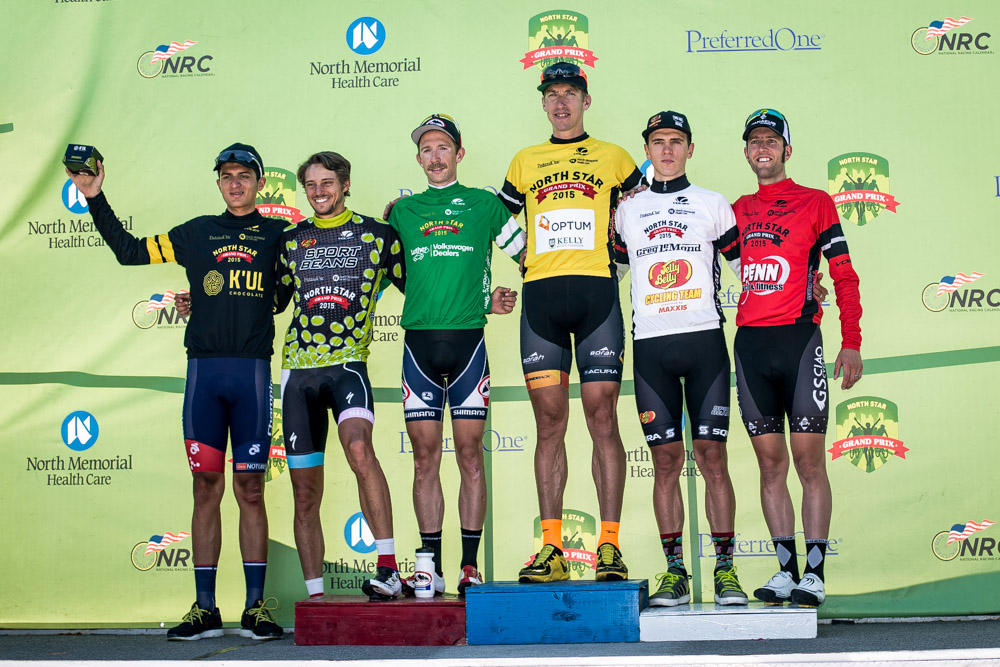
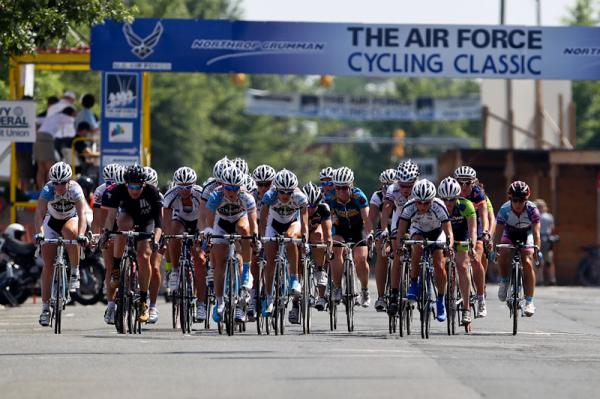
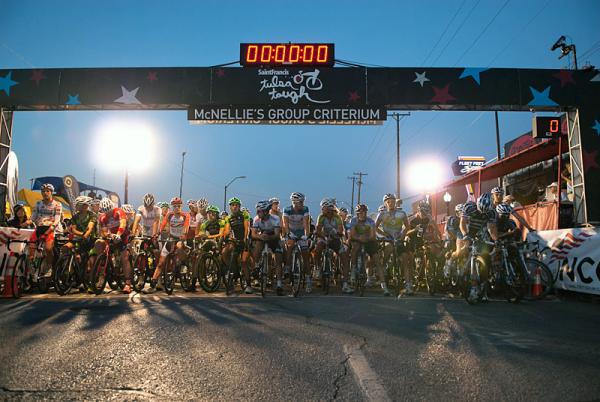
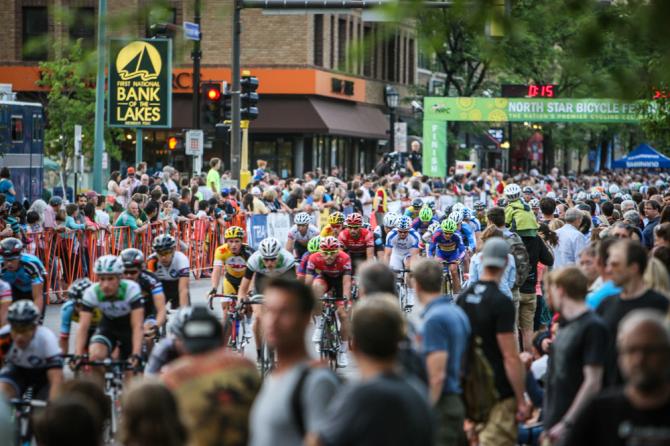
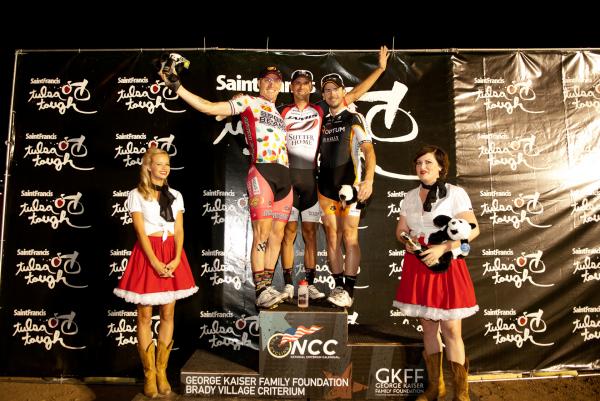
USA Cycling released last month their new national calendar for 2016, which merged the current National Racing Calendar (NRC) and the National Criterium Calendar (NCC) into what they hope will be a more marketable 24-event series that combines one-day road races, stage races, criteriums and omnium events.
Micah Rice, USA Cycling Vice President of National Events, said that the merging of the two calendars was decided upon after USA Cycling was given feedback from race directors of US-based teams at the National Symposium held in October.
Cyclingnews reached out to a series of riders and teams for their reactions to the merger, and although the overall response was positive, there were a few concerns. For example, some felt that the calendar offers too many events, particularly criteriums (17 in total), others were concerned about how it would affect their budgets, and many are patiently waiting for USA Cycling to announce the ranking system.
To gain some perspective from the US event promoters, Cyclingnews spoke with four members of the National Association of Professional Race Directors (NAPRD). The association came into existence about a year ago and the majority of their members are on the new national racing calendar. Their mission statement is, "dedicated to improving the experiences of spectators, participants and teams at pro/elite bicycle road racing events in the United States. A particular emphasis will be to increase the number and engagement of fans with the long term goal of growing bicycle racing into a mainstream sport."
Cyclingnews spoke with Dave LaPorte from the North Star Grand Prix, Marco Colbert from Intelligentsia Cup p/b SRAM, Malcolm McCollam from St. Francis Tulsa Tough and Rob Laybourn from the Air Force Association Cycling Classic.
Dave LaPorte: We have been going to the USA Cycling Summits for years and the goal was to have different event promoters share their practices and bring in outside speakers who could help us raise our game. Over the past few years, the agenda was pretty much the same thing every year. Not that it wasn’t important but we had heard it all before, and so for 2014 Rob [Laybourn] reached out and said, ‘let’s talk about the agenda and get some influence on it so that we can gain more value out of going to the event.’
We found a lot of interest in collaboration. We talked to each other as individuals at the summit but not as a group, and there was enough positive progress and USA Cycling was receptive enough that we decided to keep it going. We had monthly conference calls. Now that Derek Bouchard-Hall is the new CEO of USA Cycling, we’ve found a collaborative partner. We are continuing to define who we are as an organization and how we make decisions but we’ve made good progress in a year.
Get The Leadout Newsletter
The latest race content, interviews, features, reviews and expert buying guides, direct to your inbox!
Marco Colbert: I’d like to add two points; the NAPRD is independent of USA Cycling, although they are an important partner of ours, we are an independent association. And secondly, I’m a relatively new, my event is only four years old, still a baby compared to some of the other. It was clear to me that when I came into this, as a group of promoters we didn’t talk to each other very much. Individually, we spoke back and forth with USA Cycling but we didn’t talk to each other. So, a big observation is that now race organisers are talking and collaborating with each other for the betterment of our sport.
Speaking for myself, I have high hopes for the NAPRD. Our members are all passionate about our respective events and we all want to see competitive road cycling thrive in the US. By working with each other and collaborating with other stakeholders like USA Cycling and the teams (which includes both the UCI-licenced teams as well as the domestic elite level teams), I believe that we can have a positive influence toward creating a more valuable national road racing calendar.
Rob Laybourn: To follow-up on that point, when we want to collaborate with an organization like USA Cycling, we all have the same overall mission and goals, but for us as a group to have one voice coming in is beneficial for the whole. This is a positive support and better communication.
Dave LaPorte: It helps that we are on the same page, as promoters, before anyone talks to USA Cycling. That reduces the surprise factor that can lead to, well - surprise.
Cyclingnews: We’ve had a chance to speak with some of the riders and teams about the merger of USA Cycling’s national racing calendar for 2016, but we also wanted to hear some perspective from the US event promoters. Can you share your views?
Rob Laybourn: The way the process worked was that Derek [Bouchard-Hall] knew that we were an organization and said, ‘Hey, we have these calendars and let’s take the opportunity to decide what we can do to make them more meaningful.’ We brought that objective into the group and had a chance to think it through, provide insight and ideas with in the group and then flushed it out. One of the recommendations we made was to combine the calendars.
Dave LaPorte: We made a number of recommendations but that one [combining the calendars] was at the top of the list. There is no way of knowing whether we were the first ones to suggest that or if they would have done that anyway. We suggested it before we heard about it from them and by the time we got to the summit they were deep into it.
Cyclingnews: What was the dialogue like at the summit between the teams and events?
Rob Laybourn: From the NAPRD standpoint, we had already fleshed that out, so we had a pretty strong position and recommendation on that. From the teams’ standpoint it was still an early discovery, so I think there were a variety of positions and feelings over it that were brought forward but I think we did have an hour or two of discussion with teams and events in the same room.
Dave LaPorte: I think that one of the challenges that the sport faces is that there is no organization for the teams. If they formed their own organization or maybe one for the men’s teams and one for the women’s teams, since they might have different concerns. If they had an opportunity to get on the same page about some of these issues than I think that the discussions would be more productive. The way it went was that we had our group together and they [the teams] were a bunch of individuals – very well-intended individuals but they hadn’t talked to each other.
Marco Colbert: The UCI licenced teams; Pro Continental, Continental and women’s teams, and in addition there are a number of other teams that are elite domestic. The men’s UCI teams were represented by some but not all of them were there, a few women’s teams were there and a very small number of domestic elite teams were there. The teams were not well-represented at the summit. There were two segments in which combining the calendars was discussed and the teams had a private break-out session that was just between Micah [Rice] and the teams to discuss the combined calendar.
Cyclingnews: From the perspective of the NAPRD, what about the merging of the two calendar works for the promoters?
Dave LaPorte: Our primary goal is to grow the fan base for bicycle racing and part of that is to build a brand and do marketing. We had thousands of people that come to our events but for those people our event and the Tour de France are the only two bicycle races in the world. We would like the fans to appreciate the fact that there are multiple events leading up to ours and that there are multiple events after, and there will be an overall leader for men’s and women’s.
I don’t think they will follow the other events as closely as our local event, but we want them to be interested in it. Getting an interest in a single calendar is easier than getting interested in two calendars. In terms of developing a brand, the most important parts are focus, simplicity and consistency, and you can’t brand two different series nearly as well as you can brand one.
Marco Colbert: We also felt that two separate calendars inhibited media coverage. And so, we hope one combined calendar will be more attractive to media coverage.
Dave LaPorte: One of our problems in terms of marketing was to tell a narrative of bicycle racing through the season. A single narrative is easier to tell than two parallel and often conflicting narratives.
Rob Laybourn: One of the goals of the NAPRD is to take the combined calendar and put a marketing effort on it. The goal of the marketing effort is to create value in the calendar. At the moment the NRC/NCC calendars don’t have a lot of inherent value. Based upon some of the strategies that Dave was talking about, we are trying to create value in this thing and if that happens, it is going to benefit all of the stakeholders. It will bring more fans into the sport, benefit the teams, benefit the sponsors, and benefit USA Cycling.
Cyclingnews: There was an existing combined National Racing Calendar that was split four years ago, which combined 40 or 50 events. What about this merger will work that didn’t work last time?
Rob Laybourn: Before the calendars were split, from the beginning of the NRC back in 1998, it was a single calendar. That went out until four years ago, split for a variety of reasons. USA Cycling felt that was the way to go and that is what we did. I don’t think it was split because it wasn’t working, there were other factors in that. I recall there were a number of years were the NRC did offer value, more and more events were added to it and it got a bit unwieldy.
With this new combined calendar, I think the event number was fewer than it was before. Not all teams will be going to all the events, they weren’t doing that anyway but maybe they will see more value, given some of the things that Dave and Marco have said, with the marketing and promotion of the new calendar.
Cyclingnews: Some teams suggest 12 races would be better than 24 events and that the unknown ranking system was a concern?
Rob Laybourn: There’s still a lot of work in progress with some of those questions. We are working hard amongst ourselves on the executive board as well as reaching out to get information in from events and teams to figure out the way forward on those issues.
A ranking point system, we’ve been going around on that. There are so many factors and so many issues, it’s a really complicated thing to try and compare stage races, road races and criteriums, and come out with something meaningful that people can understand and support. There is a lot of work being done on that and we are hoping to have our recommendations done on that in a few weeks. Once we get input in.
My personal feeling is that it’s not that critical. We have a calendar, we know what it is, we’ll be doing something but until the first event goes off, we have a little time.
Cyclingnews: How about the conflicts between events. For example Malcolm’s race Tulsa conflicts with Rob’s race Air Force. How do you deal with these conflicts?
Rob Laybourn: I’m trying to remove that term 'conflict' and replace it with the word 'choice' because it’s a more beneficial way to look at it. There are a lot of events and teams can’t go everywhere. We have a lot of great events, Tulsa is a phenomenal event and so is ours. Not every team can go to every event. There are a lot of teams out there and by offering choices it really is a benefit. I see it as more of a choice. Some events are on the east coast, some on the west. We offer some advantages by having a choice like that.
With us having better communication it’s easier for us to talk about these things with each other.
Malcolm McCollam: Specifically in the case of Tusla and Air Force. One of the things we have heard from the teams is that the expense of travel is really a factor for them. Our events are happy with where we are positioned. It gives teams a choice on the east coast and a choice in the middle of the country. They can go to either event and get ranking points (or whatever system we end up with) and there are plenty of racers to go around, both of our fields end up being full.
Rob Laybourn: I’ll add to that, if we didn’t have that choice on our weekend, I don’t think I would get more riders. It doesn’t make much difference to me.
Cyclingnews: Some of the teams noted that to have a more marketable national calendar there needs to be more of an incentive, i.e., a prize list, a trophy, a leader’s jersey. What are your thoughts on that?
Marco Colbert: Yes we have talked about all of those things certainly with in the offices quite a lot and I, speaking for myself not the association, would very much like to try again a series-ending prize list and we are in the process of reaching out to the teams (UCI and domestic elite teams), to ask them if a series-ending prize list would make a difference in their participation in the overall calendar. We are curious to know the answer to that.
If we created a season-long narrative and generated interest for cycling fans, did live webcasting, or highlight reels, if we were to put those up on one platform where they could easily be seen and where viewers can anticipate when they are going to be, all these things build an interest in the calendar where teams will want to participate. Having a series-ending prize list for instance is one additional factor of building interest in it. We are interested to know if teams would be motivated by a prize list or not.
Rob Laybourn: The question is what’s the incentive? Because a prize list, a jersey are all different incentives, but so is providing an overall marketing benefit. That said, one of the biggest challenges we have in terms of what tools to use to offer those and create those benefits to give ROI to the teams, we have such a variety of motivations from the teams themselves with Professional Continental teams, Continental teams, domestic elite teams. Their motivation varies widely. One way is to offer a prize list, but that requires money and so we would have to figure that out.
Dave LaPorte: I think that if we are successful in developing marketing based on a narrative, growing the fan base and getting more people following the calendar through the years, that gives the teams something of value to show to their sponsors when it’s renewal time or show to potential new sponsors.
Rob Laybourn: As the NAPRD we want to work with the stakeholders and teams, and help them understand why what we are trying to do is going to be valuable to them. We want to help the teams understand that benefit and help them use it to their advantage too.
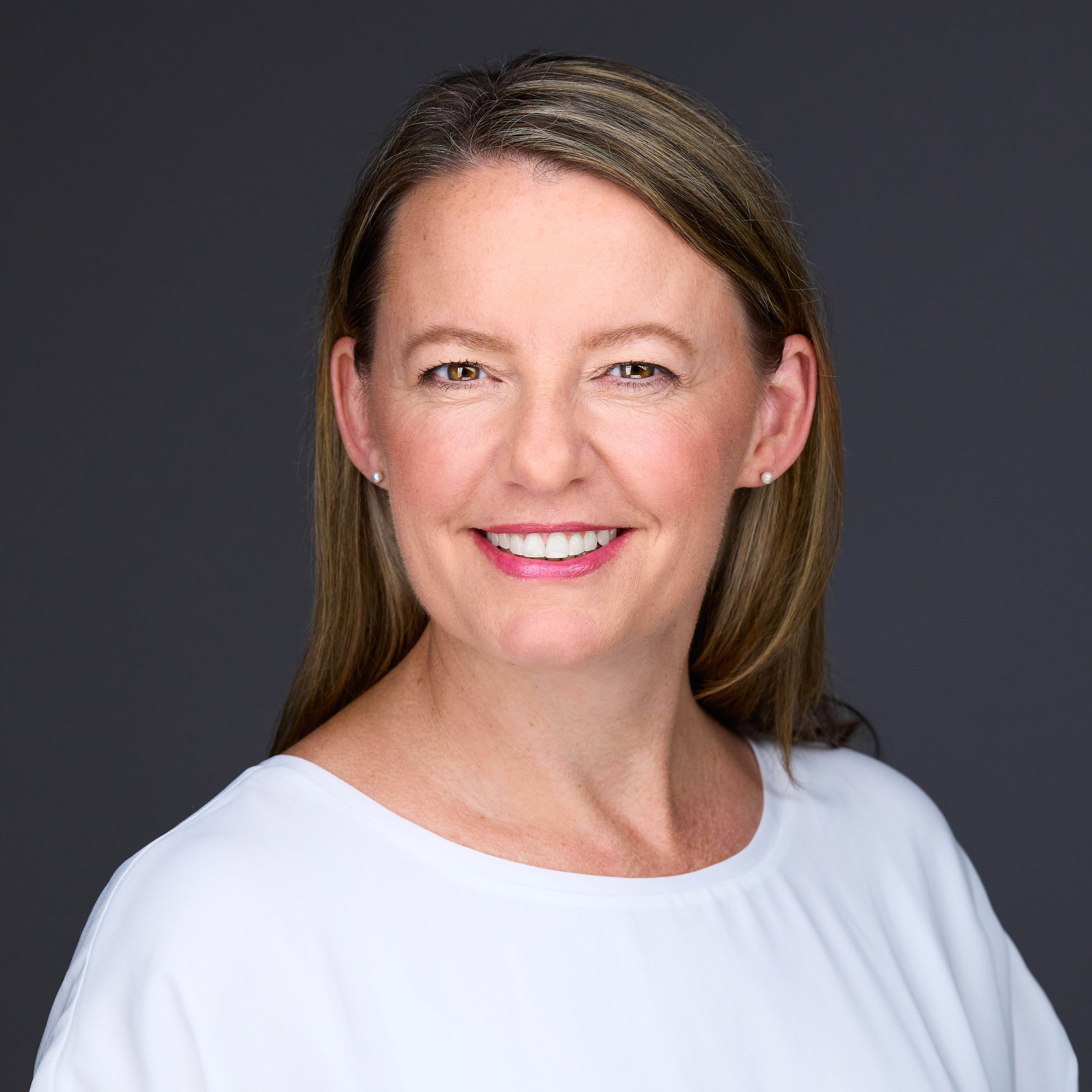
Kirsten Frattini is the Deputy Editor of Cyclingnews, overseeing the global racing content plan.
Kirsten has a background in Kinesiology and Health Science. She has been involved in cycling from the community and grassroots level to professional cycling's biggest races, reporting on the WorldTour, Spring Classics, Tours de France, World Championships and Olympic Games.
She began her sports journalism career with Cyclingnews as a North American Correspondent in 2006. In 2018, Kirsten became Women's Editor – overseeing the content strategy, race coverage and growth of women's professional cycling – before becoming Deputy Editor in 2023.